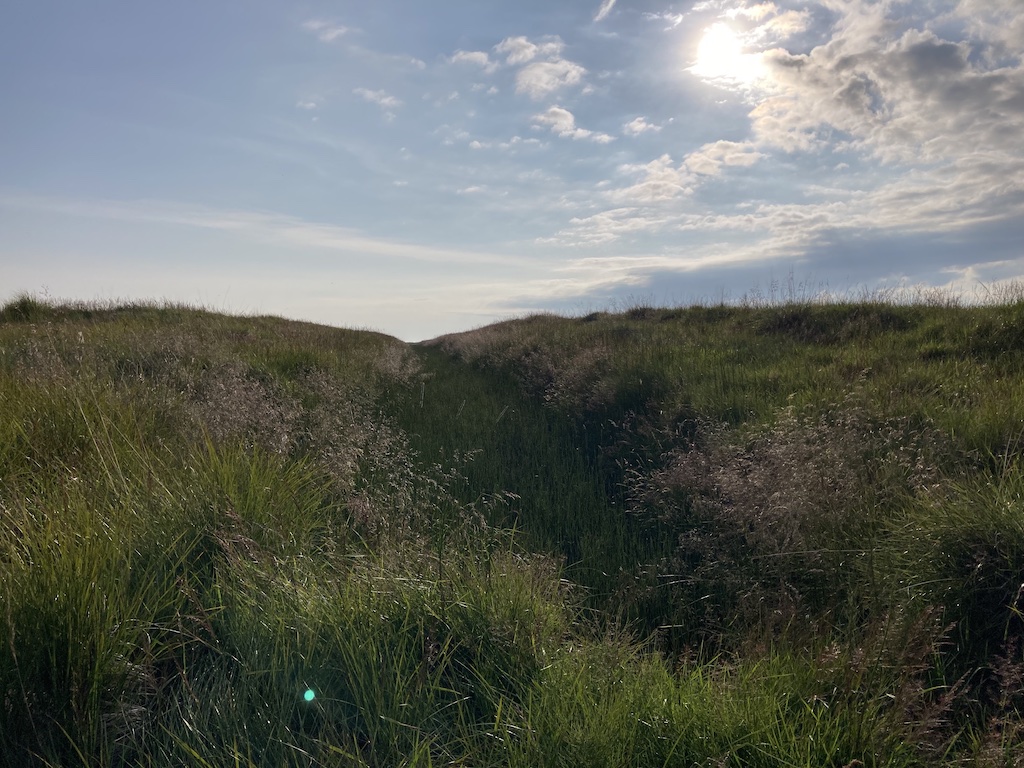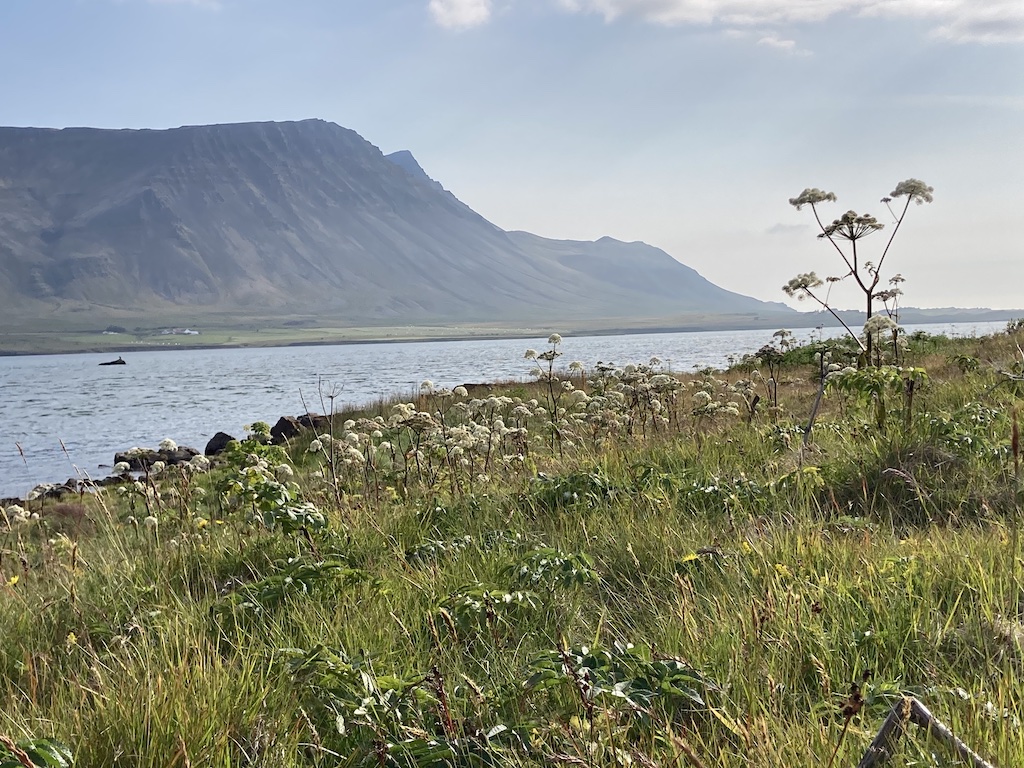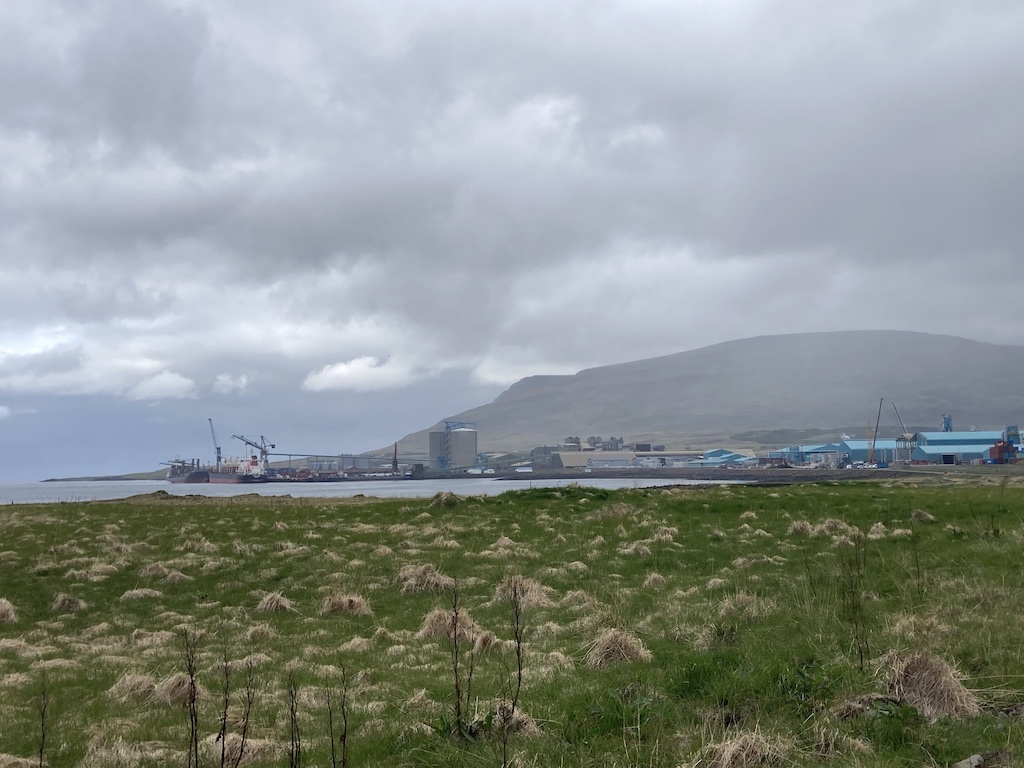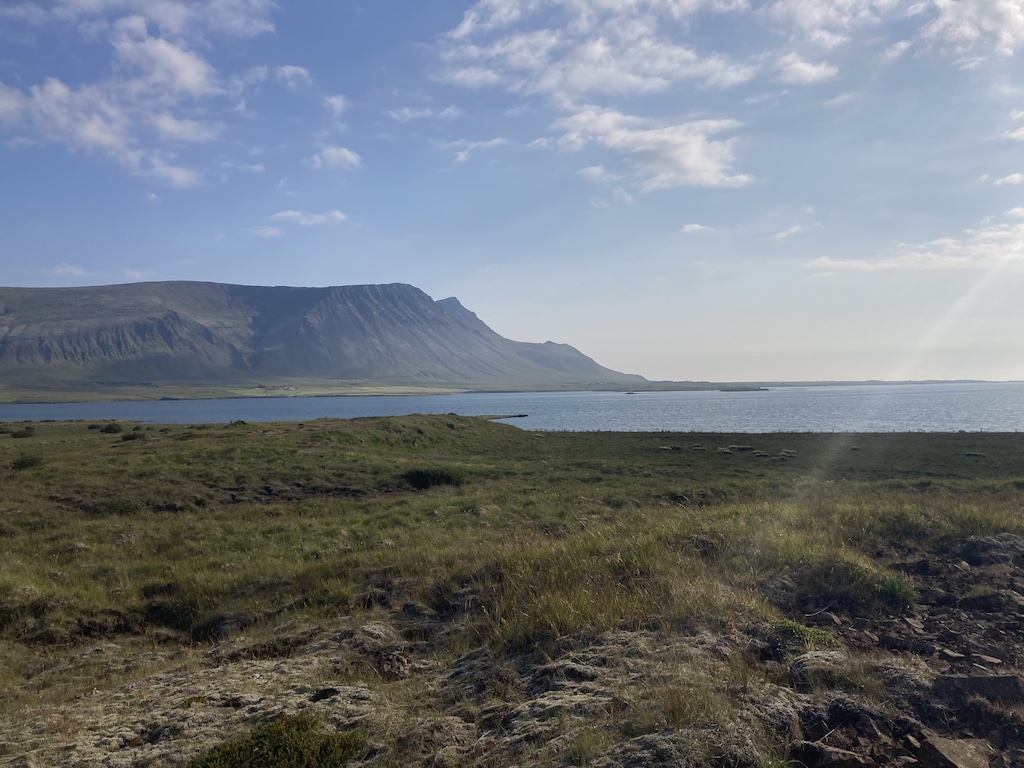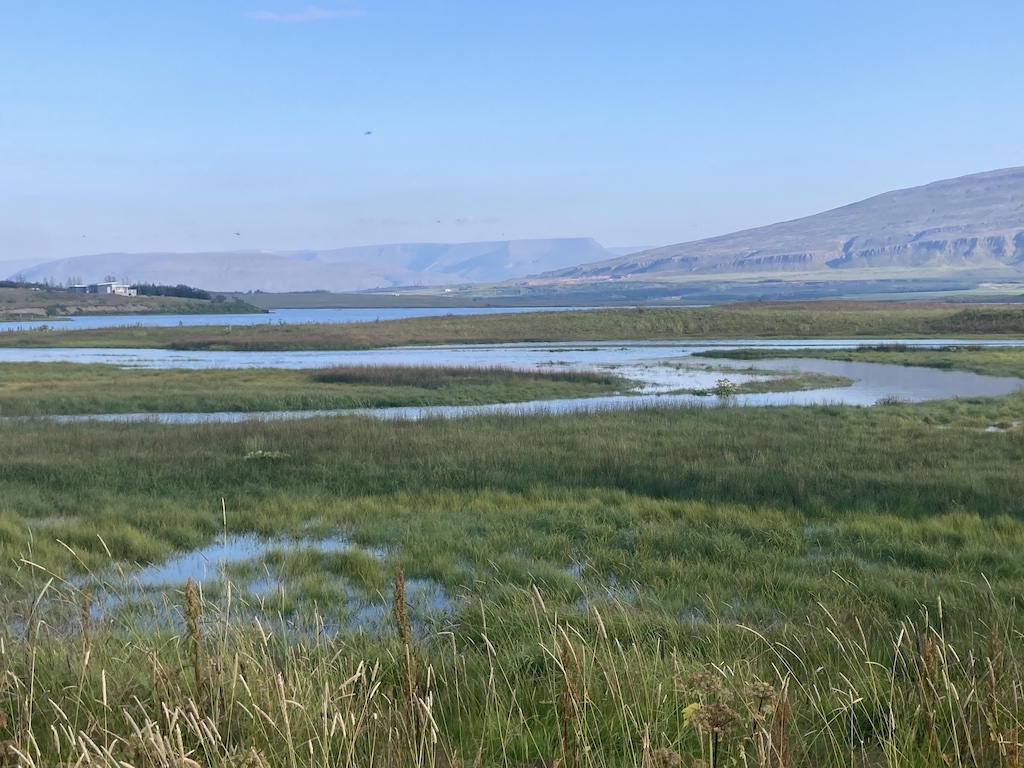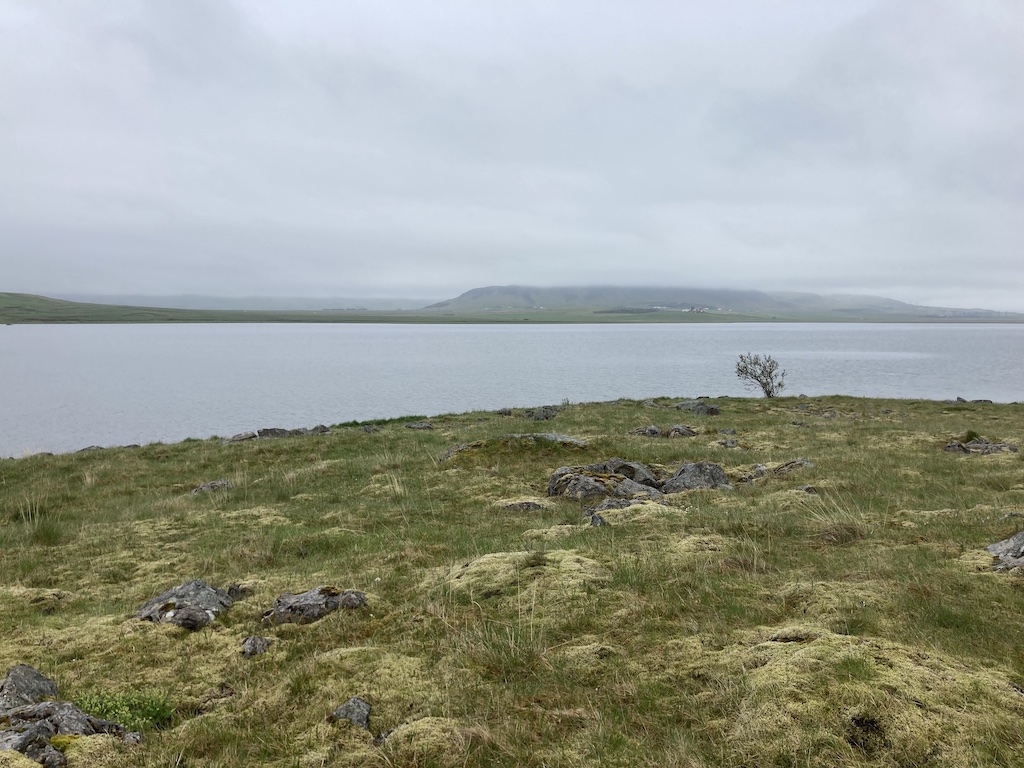
Endangerd Landscapes & Seascapes Programme
Iceland's lowland wetlands host a diverse range of wildlife, including globally significant populations of waders such as the Eurasian Whimbrel, Common Snipe, Dunlin, and Common Redshank, as well as wildfowl like the Brent Goose. Regrettably, 90% of Icelandic wetlands have undergone drainage for agricultural purposes, leading to overgrazing or abandonment in many cases. Consequently, more than 350,000 hectares of these damaged ecosystems remain unused, yet they account for a substantial 70% of the nation's carbon emissions.
This project focuses on the development of a comprehensive plan to restore lands in Hvalfjarðarsveit (Whale Fjord) and Grunnafjörður watersheds by reestablishing natural hydrological processes across the fragmented landscape. This involves activities such as land rewetting, improving water quality, and restoring valuable habitats.
Adopting a multi-stakeholder approach with a primary emphasis on three key objectives—biodiversity conservation, social well-being, and economic revitalization—the project involves active engagement with the local community and close collaboration with landowners and stakeholders. The aim is to restore wetland habitats in specific sections of the watershed, safeguarding bird populations, enhancing fish stocks, and contributing significantly to carbon neutrality.
Furthermore, the aspiration is for this project to serve as a model for similar regions in lowland Iceland, showcasing the potential for ecological restoration and sustainable land management practices.
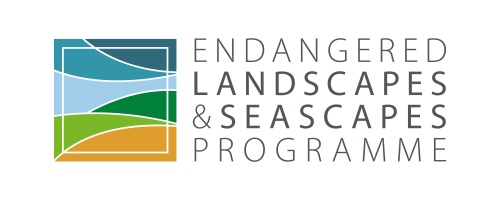

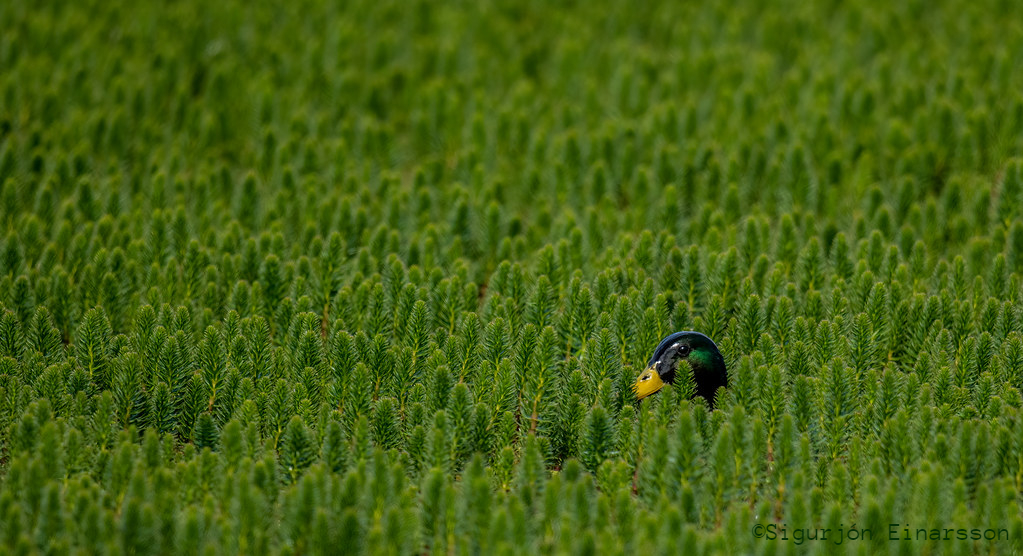
Grunnafjörður and Hvalfjörður, pictures from wetland
©Fuglavernd 2021 | Hverfisgötu 105 | 101 Reykjavík | kt.5007700159 | Opið:_mán-fim kl. 9-13 | +354 562 0477| fuglavernd@fuglavernd.is

